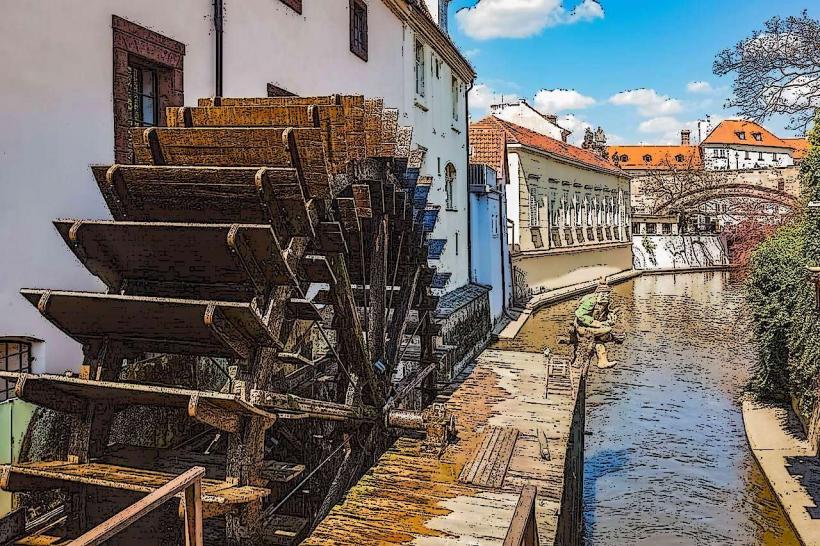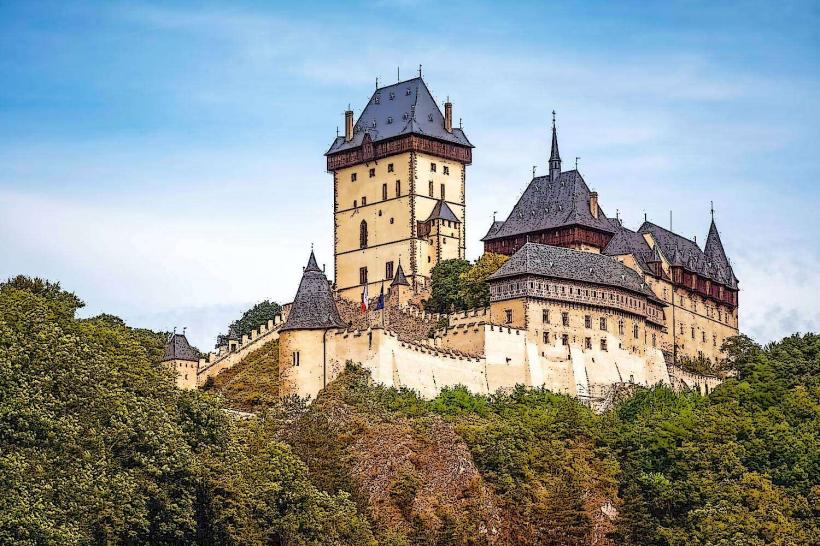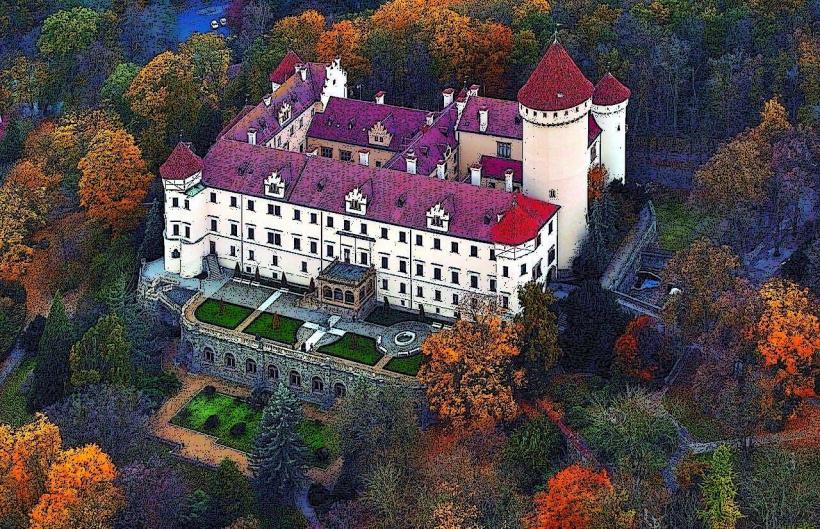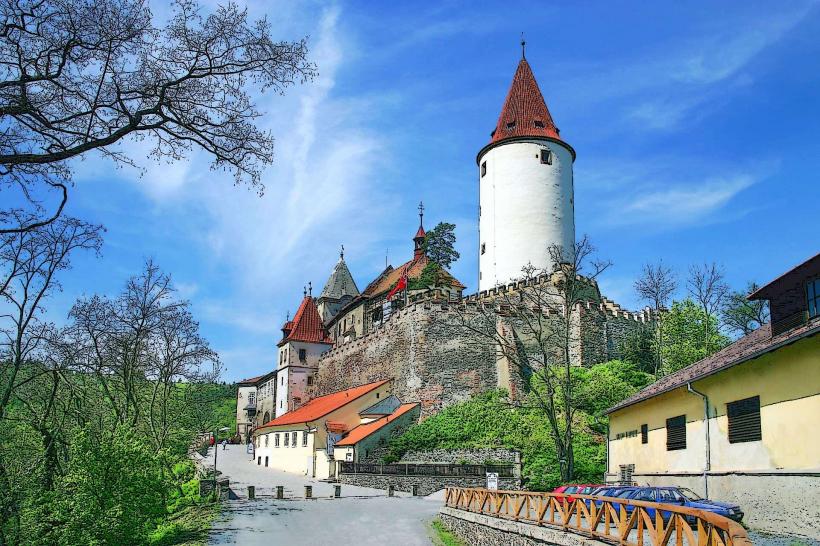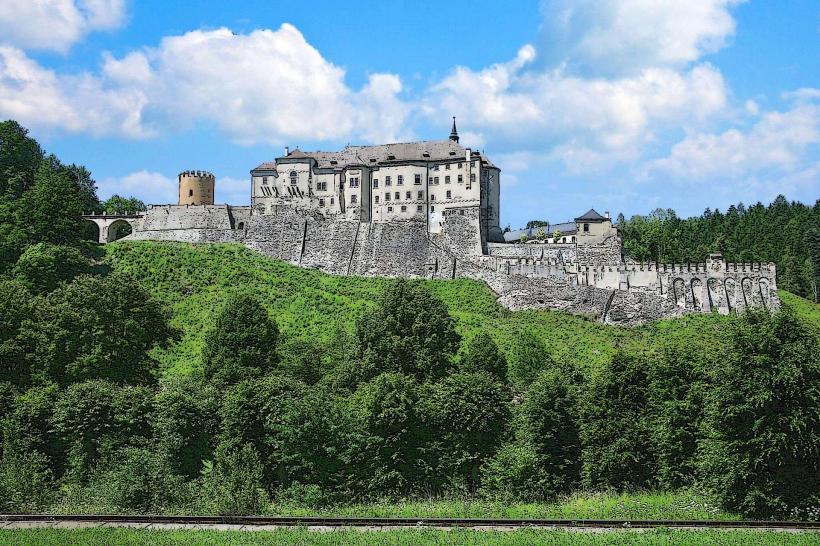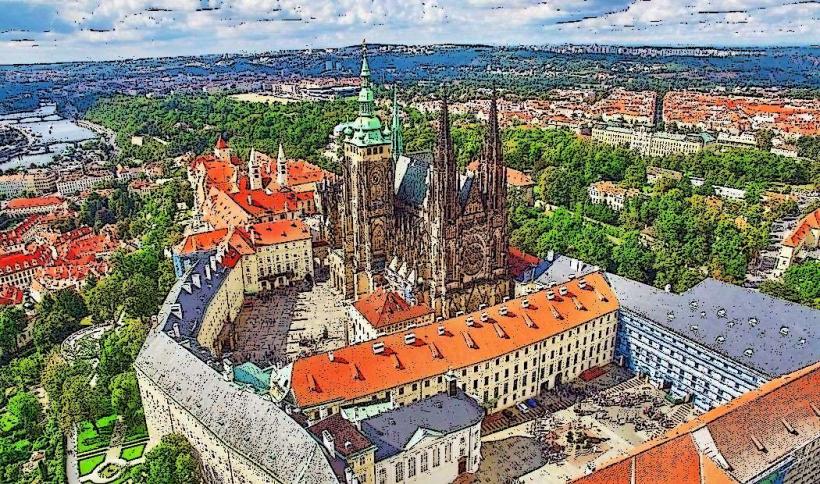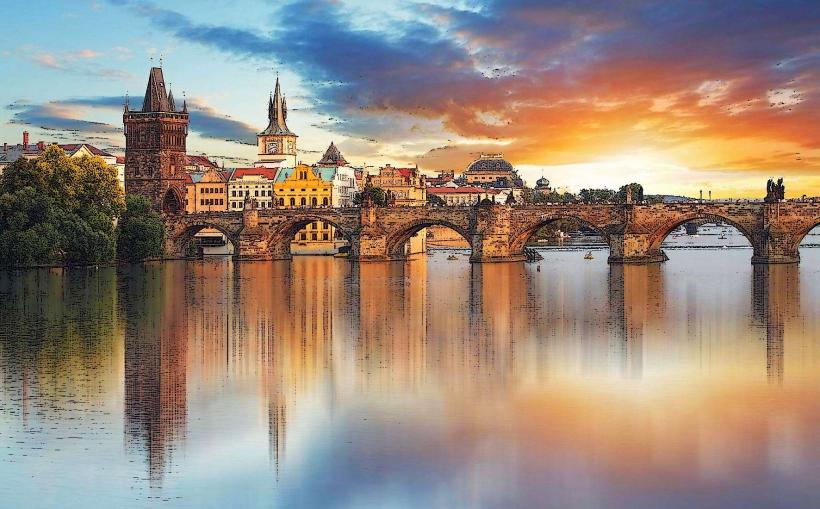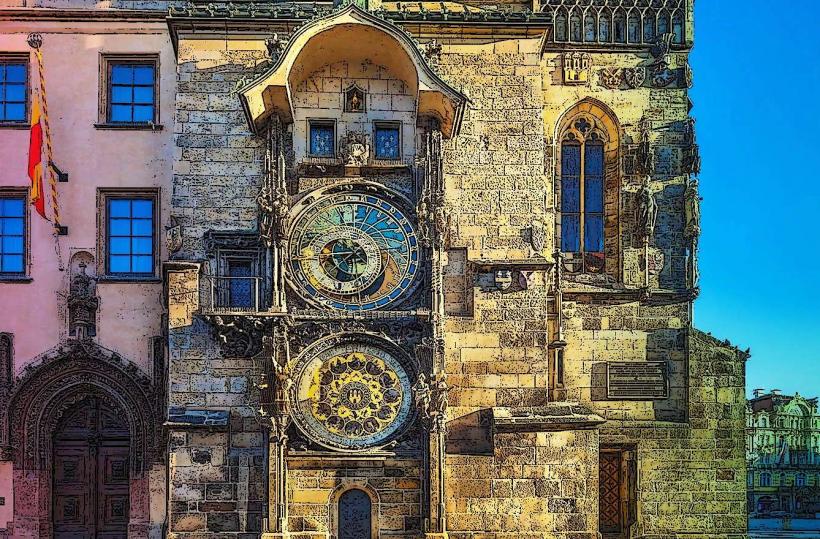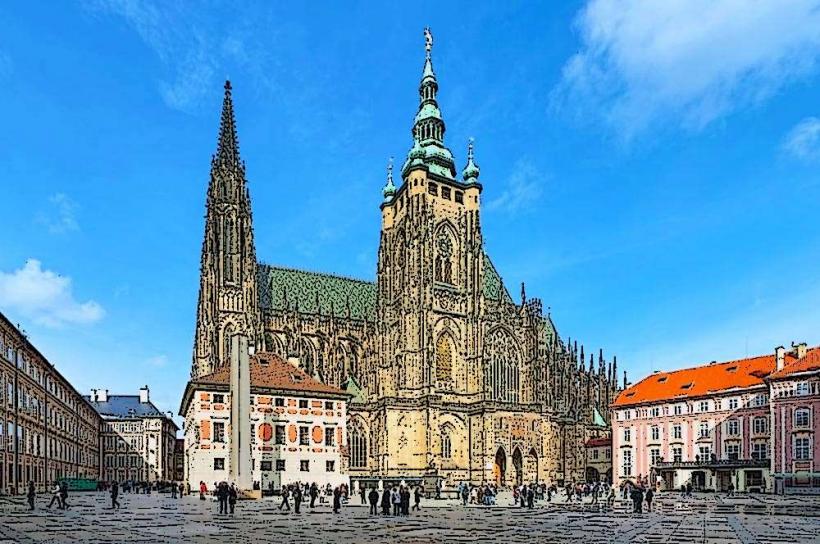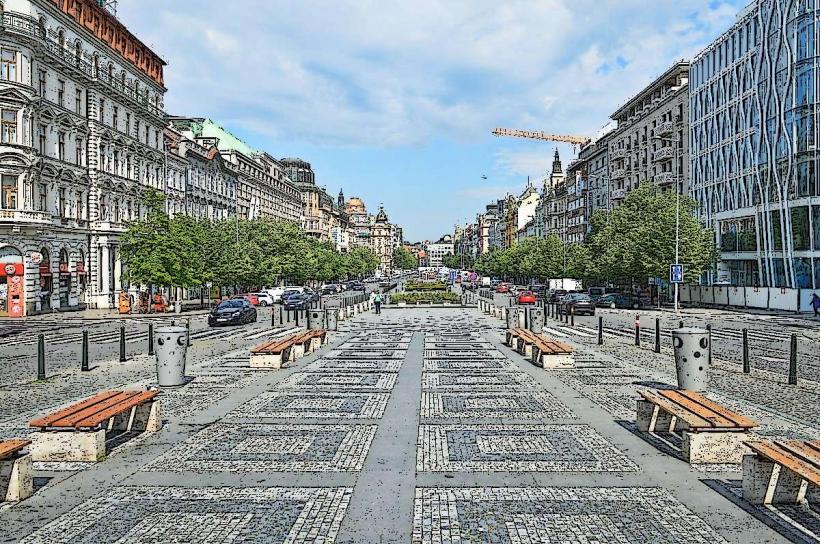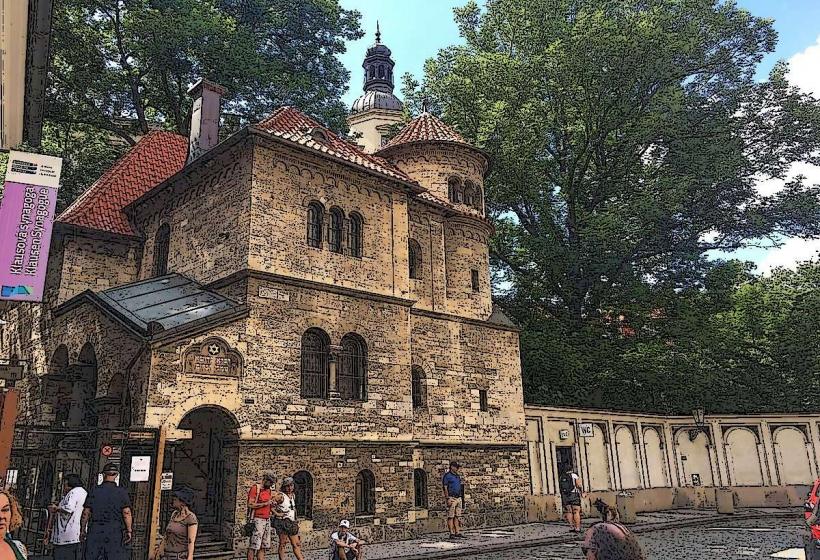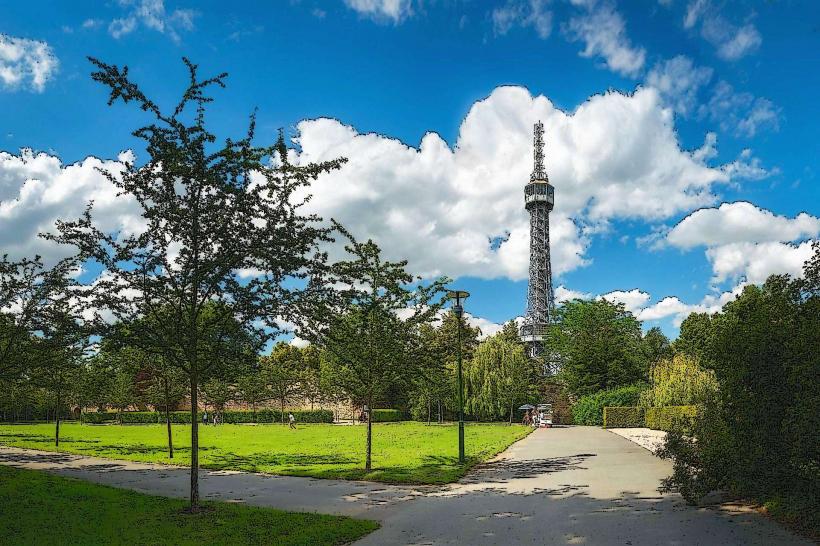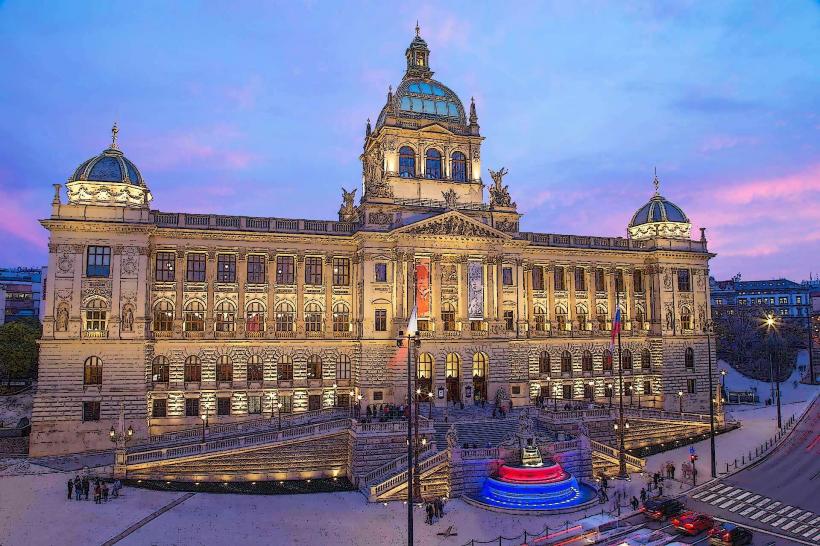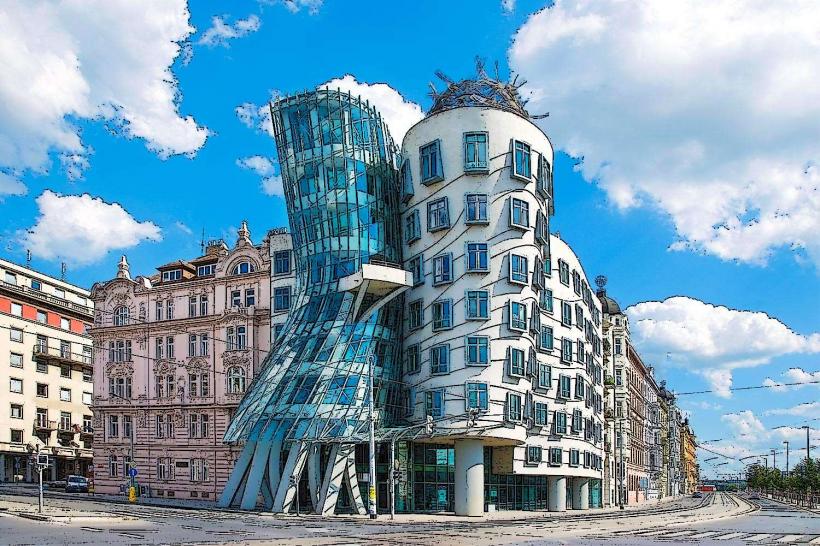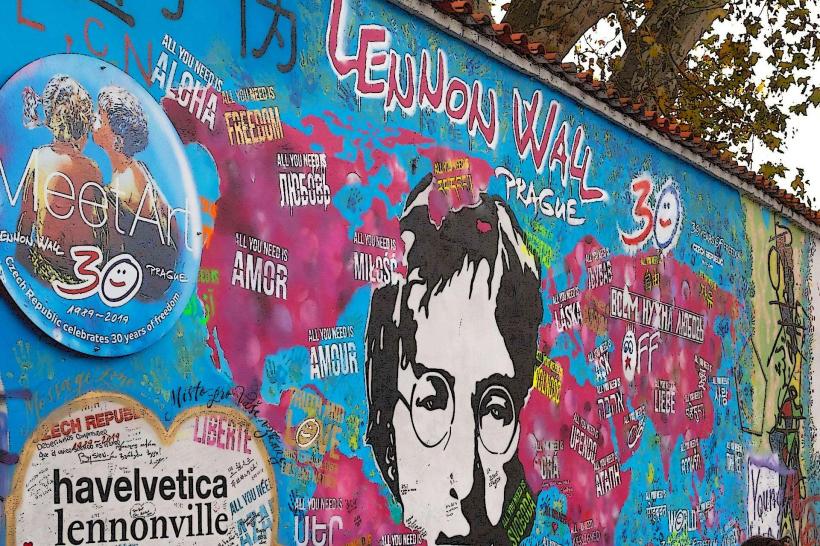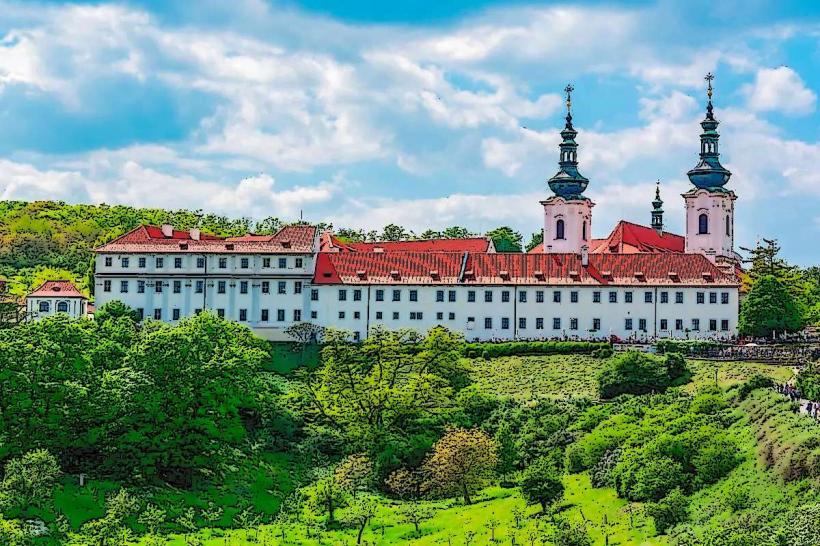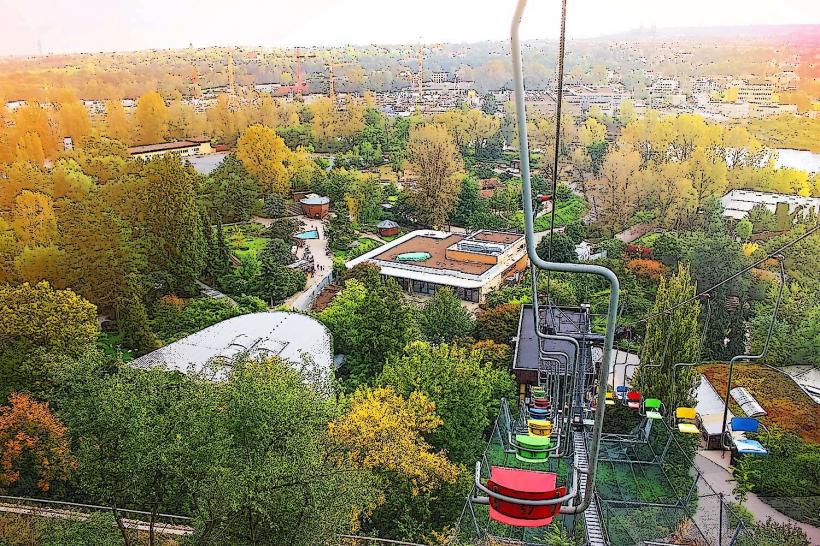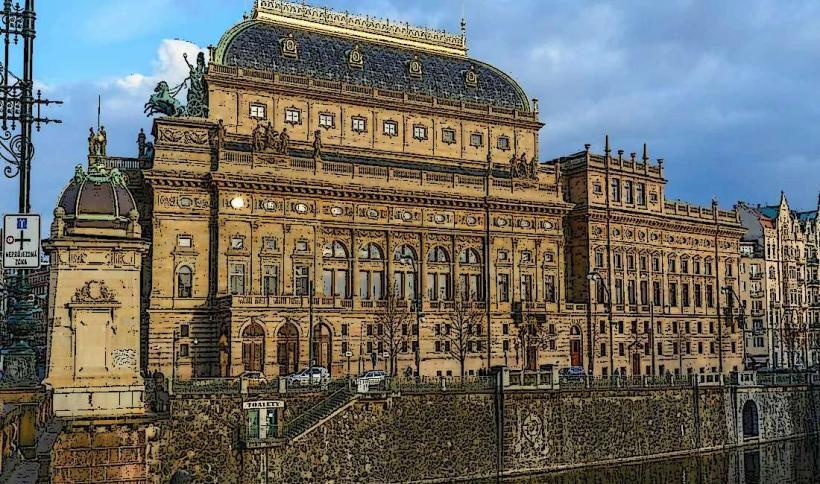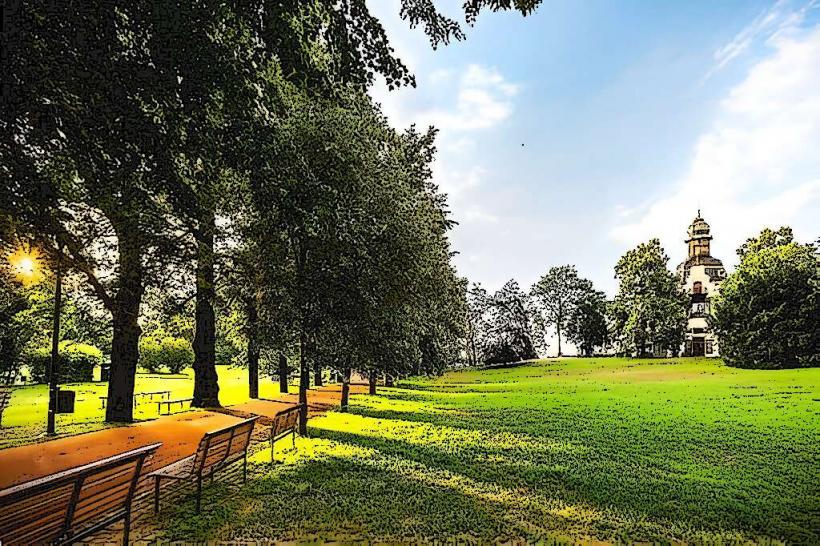Information
Landmark: Vyšehrad CastleCity: Prague
Country: Czech Republic
Continent: Europe
Vyšehrad Castle (Czech: Vyšehradský hrad) is one of the most historic and culturally significant sites in Prague, offering a glimpse into the city’s ancient past. Situated on a hill overlooking the Vltava River, Vyšehrad was an important fortification and royal residence during the Middle Ages. Today, it is a symbol of Czech history and heritage, known for its fortress walls, Basilica of St. Peter and St. Paul, and its stunning views of Prague.
History of Vyšehrad Castle
Vyšehrad has a rich and multifaceted history, dating back over a thousand years. While the Prague Castle is more famous today, Vyšehrad was one of the original centers of power in the Czech lands. Its history can be divided into several distinct periods:
Early History and Establishment (10th Century)
- Foundation: Vyšehrad’s origins date back to the 10th century, and it is believed to have been founded by Prince Bořivoj or other members of the Premyslid dynasty. It was initially a royal castle and strategic fortification built to protect the city of Prague and its surrounding areas.
- Royal Seat: Vyšehrad served as the residence of Bohemian kings, and it is believed to have been the center of the Czech monarchy before the construction of Prague Castle. The castle was considered one of the most important fortresses in medieval Bohemia.
Medieval and Royal Significance (11th to 13th Century)
- During the 11th century, Vyšehrad became the seat of King Vratislaus II, the first king of Bohemia, who proclaimed Vyšehrad as the seat of royal authority. This period marked the castle as the administrative and political heart of the early Bohemian state.
- Vyšehrad’s walls were expanded and strengthened over the centuries, with large defensive structures, towers, and gates built to protect against attacks.
Decline and Move to Prague Castle (14th Century Onward)
As the Habsburg Empire grew in influence, the focus of royal life moved to Prague Castle under Charles IV in the 14th century. Vyšehrad, though still important as a cultural and religious center, began to lose its political significance. Over time, its importance as a royal residence diminished.
Fortification: Despite this decline, Vyšehrad remained a fortified stronghold throughout the Middle Ages and continued to serve as a strategic position on the Vltava River.
Later History and Modern Era
- In later centuries, Vyšehrad became a symbolic site of Czech nationalism and a place for historical reflection. It was also used for military purposes during various conflicts.
- Today, Vyšehrad is not only a historic monument but also a cultural hub in Prague, attracting visitors interested in the city’s medieval history, royal heritage, and the beautiful views it offers.
Key Features of Vyšehrad Castle
1. Vyšehrad Fortifications and Gates
- The Vyšehrad fortifications are some of the most significant medieval defenses in Prague. The castle is surrounded by city walls, towers, and gates, most of which are still intact today. Visitors can walk along these ancient structures and admire the well-preserved defenses.
- Towers: Several towers are part of the fortifications, such as Czech Gate Tower (Czech: Česká brána) and Libušín Gate (Czech: Libušina brána), which once served as military lookout points and defensive mechanisms.
2. The Basilica of St. Peter and St. Paul
- The Basilica of St. Peter and St. Paul (Czech: Bazilika sv. Petra a Pavla) is the crown jewel of Vyšehrad. Originally founded in the 11th century, the basilica was rebuilt in neo-Gothic style during the 19th century and is one of the most impressive churches in Prague.
- The basilica houses several royal tombs and memorials, including those of Czech kings and important historical figures.
3. Vyšehrad Cemetery
- The Vyšehrad Cemetery (Czech: Vyšehradský hřbitov) is located just next to the Basilica of St. Peter and St. Paul. It is the burial site of many prominent figures in Czech history, including the composer Antonín Dvořák, writer Božena Němcová, and artist Alfons Mucha.
- The cemetery is known for its peaceful atmosphere and is one of the most beautiful cemeteries in the country.
4. Rotunda of St. Martin
- The Rotunda of St. Martin (Czech: Rotunda sv. Martina) is one of the oldest surviving buildings at Vyšehrad. Built in the 11th century, it is one of the few remaining examples of Romanesque architecture in Prague. The rotunda served as a church and worship site for early Christians in the region.
5. Vyšehrad Lookout and Gardens
- The Vyšehrad Castle offers some of the most scenic views of Prague. The lookout points along the fortress walls provide a panoramic view of the Vltava River, Prague Castle, and the Old Town.
- Vyšehrad Gardens (Czech: Vyšehradské sady) are located near the castle and offer lush green spaces for relaxation, walking, and enjoying the landscape. It’s a popular area for both locals and tourists to relax and take in the views.
6. Vyšehrad Hall
- Vyšehrad Hall (Czech: Vyšehradský sál) is a cultural venue used for concerts, performances, and cultural events. The hall has hosted several important events, including classical music performances by the Czech Philharmonic Orchestra.
Architectural Highlights
Vyšehrad Castle is a mixture of different architectural styles due to its long history. From the Romanesque rotunda and the Gothic basilica to the later neo-Gothic additions made during the 19th century, Vyšehrad represents a wide range of Czech architectural evolution.
Cultural Significance
Vyšehrad holds immense cultural and historical significance for the Czech people. It is seen as the birthplace of Czech statehood, with legends and stories of early rulers and saints tied to its foundations. Vyšehrad has become a symbol of Czech resilience, pride, and national identity.
- It is also a site of great Czech cultural pride, housing important cultural institutions like the Vyšehrad Cemetery and being home to prominent Czech artists, musicians, and writers.
Modern-Day Vyšehrad
Today, Vyšehrad is a peaceful historic park and tourist attraction. It offers a unique blend of history, nature, and culture, with significant sites that attract both local and international visitors. The castle complex remains largely intact and continues to be a symbol of Czech heritage.
- Tourism and Accessibility: Vyšehrad is easily accessible from the city center. Visitors can take public transport to the nearby Vyšehrad Metro Station (Line C) or tram lines that pass through the area. The castle grounds are open year-round, and many of the attractions are free to explore, though some buildings may have entrance fees.
Conclusion
Vyšehrad Castle is a must-visit for anyone interested in Prague’s ancient history and the cultural legacy of the Czech Republic. With its fortress walls, Basilica, tombs of historical figures, and panoramic views, Vyšehrad offers a unique and peaceful experience. It provides a deeper understanding of the Czech nation’s past and its evolution from medieval stronghold to cultural landmark. Whether you are a history enthusiast, an architecture lover, or simply someone seeking a quiet escape in the heart of Prague, Vyšehrad Castle is a place of immense significance and beauty.

